In the event of a power outage emergency, emergency lights are designed to provide sufficient illumination to safely direct building occupants to an exit. Emergency lights accomplish this through a combination of low-power bulbs and special emergency light batteries that provide at least 90 minutes of illumination during a power outage. Once power is restored, a built-in charger charges the batteries so that the emergency light is ready for the next power outage.
Just like batteries in cars or cell phones, emergency light batteries begin to lose performance as they age, and after about 5 to 10 years, they usually need to be replaced.
To extend the life of emergency light batteries and ensure the safety of building occupants, here are some simple maintenance tips to help you keep your batteries performing well.
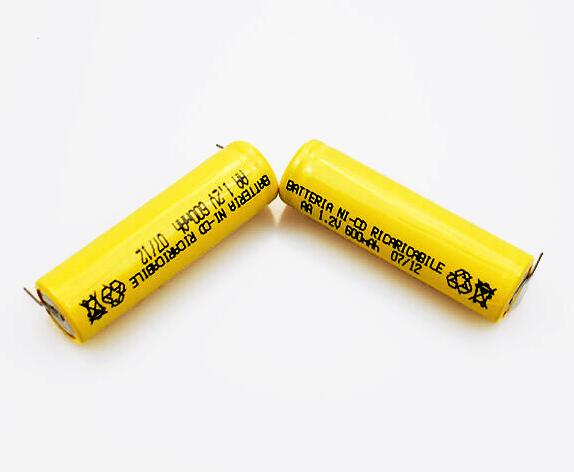
At least once a year, your emergency light batteries should be thoroughly tested throughout the charging and discharging cycle. Not only is this a good idea to extend the life of your batteries, but in many jurisdictions, it is required by local fire or building codes.
Prior to testing, there are a number of precautions you should take.
✳ Do not test all emergency lights in the building at the same time, in case the power actually goes out during the test.
✳ Choose days to test and divide your total number of emergency lights by those days.
✳ For safety reasons, choose days with good weather to test and only test during daylight hours so that there is ambient light inside the building in the event of an actual emergency during the test.
After you are all prepared and have enough aircraft to test your emergency light batteries, you are ready to conduct the actual test. For each set of lights, do the following.
✳ Turn the function switch for each light to the "test" setting (if available), or disconnect the power by turning off the circuit breaker or unplugging the light. The emergency lights should turn on.
✳ Time how long the light remains lit. If any fixture does not remain lit for a full 90 minutes, the emergency light batteries in those fixtures should be checked and replaced if necessary.
✳ After the light is turned off, switch the fixture back to "auto" mode, plug it in or turn it back on.
Allow the emergency light to fully charge before using it again. After a few days of charging, perform a currency test on the light to ensure it is working properly.

In between annual tests, a monthly test should also be performed to ensure that the emergency light battery maintains sufficient power. Once a month, perform the following steps.
✳ Switch the light to "test" mode and press and hold the "test" button or disconnect power for thirty seconds.
✳ Make sure the light is bright enough and properly adjusted to provide optimal illumination when necessary.
✳ Return the fixture to "Auto" mode or restore power and make sure the batteries are properly charged.
If you find any problems during the monthly test, check the faulty fixture and replace the emergency light batteries if necessary.
In most emergency luminaires, there are sealed lead-acid or nickel-cadmium batteries. Different battery chemistries require different maintenance techniques to extend the life of the battery and prevent premature failure.
Sealed lead-acid batteries or SLAs are similar to those found in cars or trucks, except that they are smaller and they are sealed to prevent leakage of the sulfuric acid electrolyte. In addition, the electrolyte is completely absorbed by the porous membrane, unlike automotive batteries which are in a liquid state. This further helps prevent spillage.
To maintain the best performance of SLA batteries, they must be discharged at least once a month at no less than 50% of full charge and then must be fully charged. This can be done during the monthly testing of the emergency lights. The lights should be turned on for at least 90 minutes, but not long enough to cause the bulbs to dim significantly. They should then be fully charged afterwards. During normal emergency operation, the lights should be turned off before the batteries are fully discharged, if possible. Under optimal conditions, sealed lead-acid batteries can last 10 to 15 years in an emergency light system.
NiCad or NiCads are slightly faster to charge, lighter in weight, and have safer electrolytes than lead-acid batteries, although, like SLA batteries, they are sealed.
To maintain optimal performance of NiCad batteries, they should be fully discharged and recharged for at least one cycle per month. Unlike lead-acid batteries, NiCad batteries should be fully discharged monthly until the light goes out and then fully recharged.
NiCad batteries have what is known as a "memory effect" where if they are repeatedly discharged to a partial level, they will soon only return to that level, not the full capacity of the battery. Fully discharging and recharging the battery every month prevents this from happening and eliminates crystals in the battery that could shorten its life. If handled properly, NiCd batteries should last 5 to 10 years in emergency light systems.
Some emergency lights may use other types of batteries, such as gel cells, nickel metal hydride, or even lithium ion batteries. In general, gel batteries can be treated like SLA , as they are similar, but be careful not to overcharge them. Nickel-metal hydride batteries perform similarly to NiCads, but do not suffer from the pronounced "memory" effect. Lithium-ion batteries have no charging memory, charge extremely quickly, and are lighter than other batteries. Be sure to read the emergency light's owner's manual to understand the maintenance requirements for the specific battery it contains.
By properly caring for and maintaining your emergency light unit, you can expect many years of trouble-free emergency light battery operation.

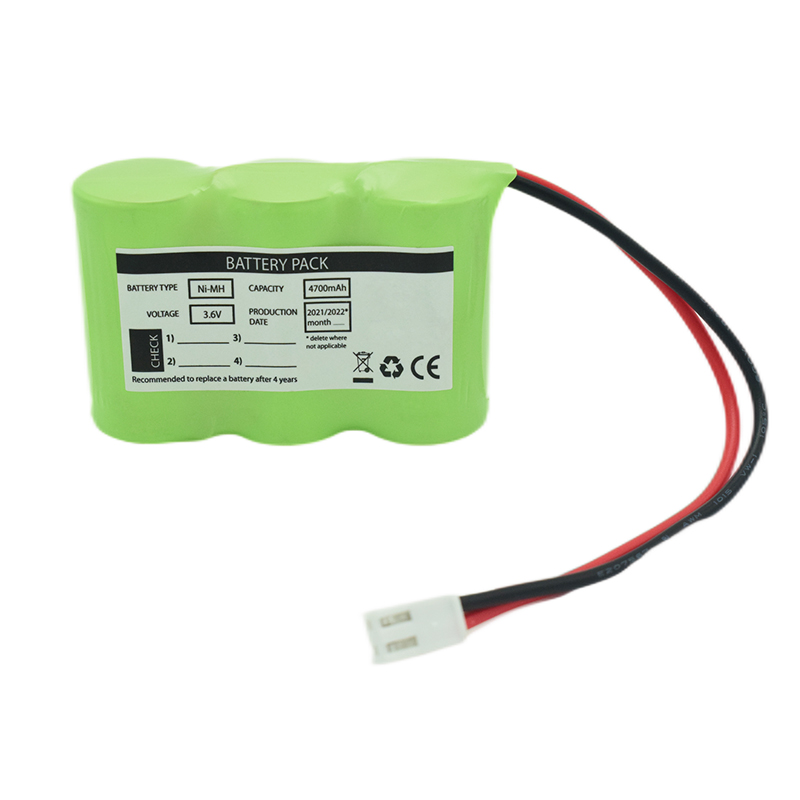 Ni-MH Battery C4700mAh 3.6V
Ni-MH Battery C4700mAh 3.6V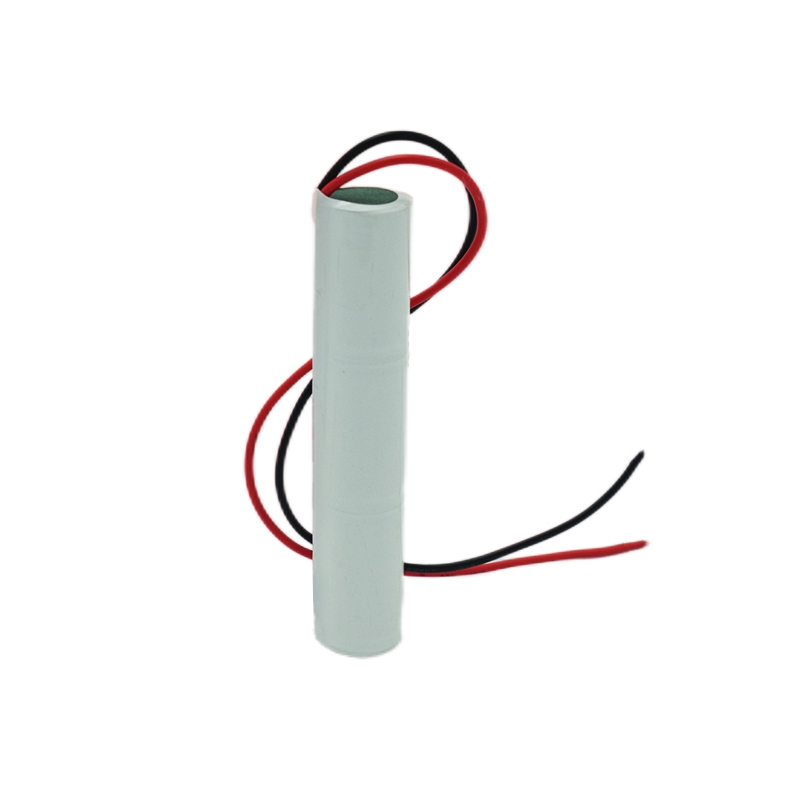 Nickel Cadmium Nicd Battery Pack SC1800mAh 3.6V
Nickel Cadmium Nicd Battery Pack SC1800mAh 3.6V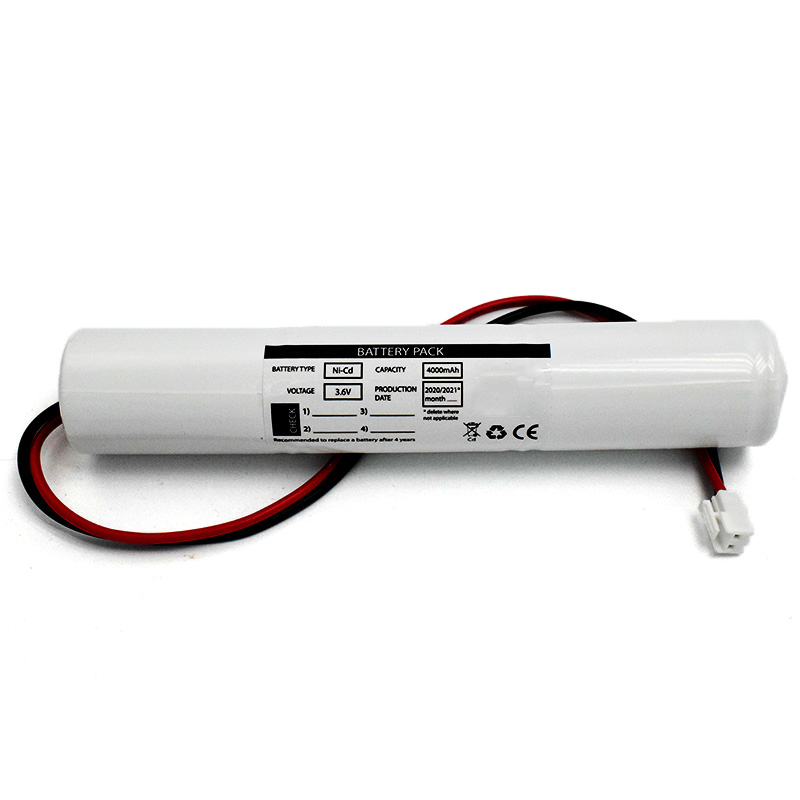 Ni-Cd Battery Pack D4000mAh 3.6V
Ni-Cd Battery Pack D4000mAh 3.6V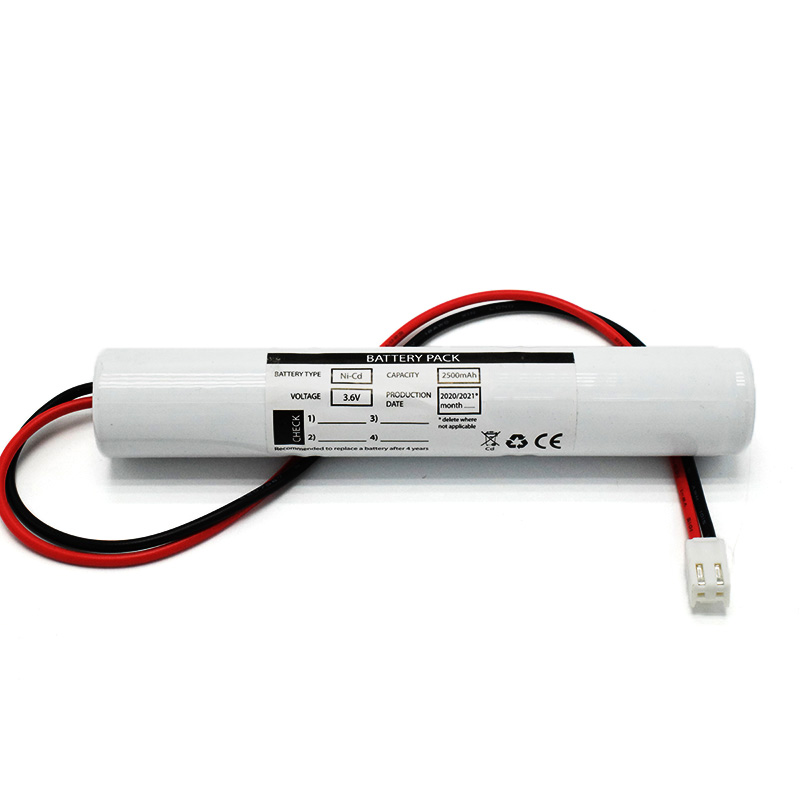 Ni-Cd Battery Pack C2500mAh 3.6V
Ni-Cd Battery Pack C2500mAh 3.6V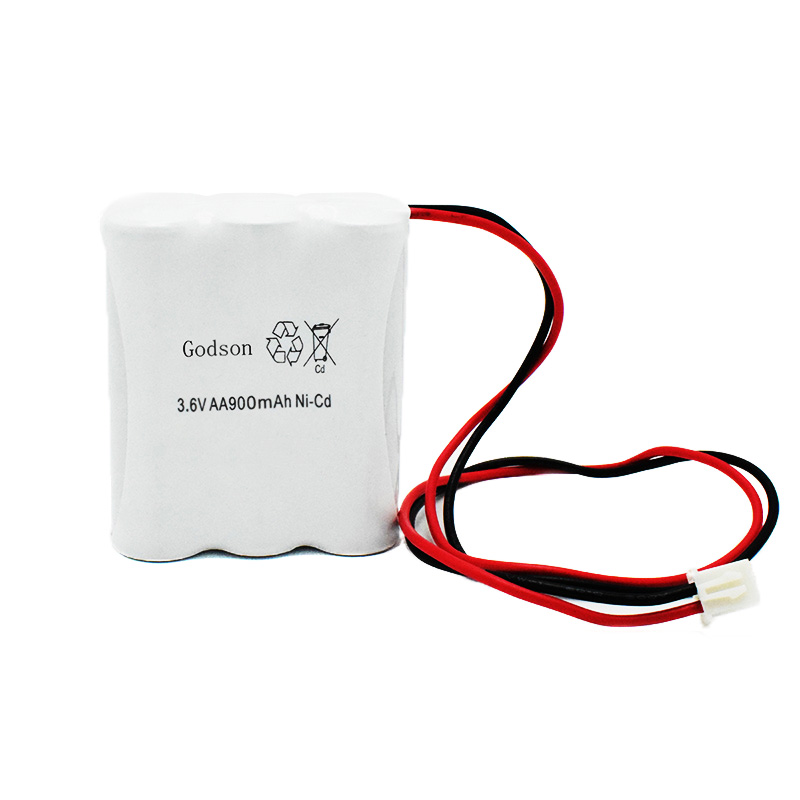 NICAD Battery Pack AA900mAh 3.6V
NICAD Battery Pack AA900mAh 3.6V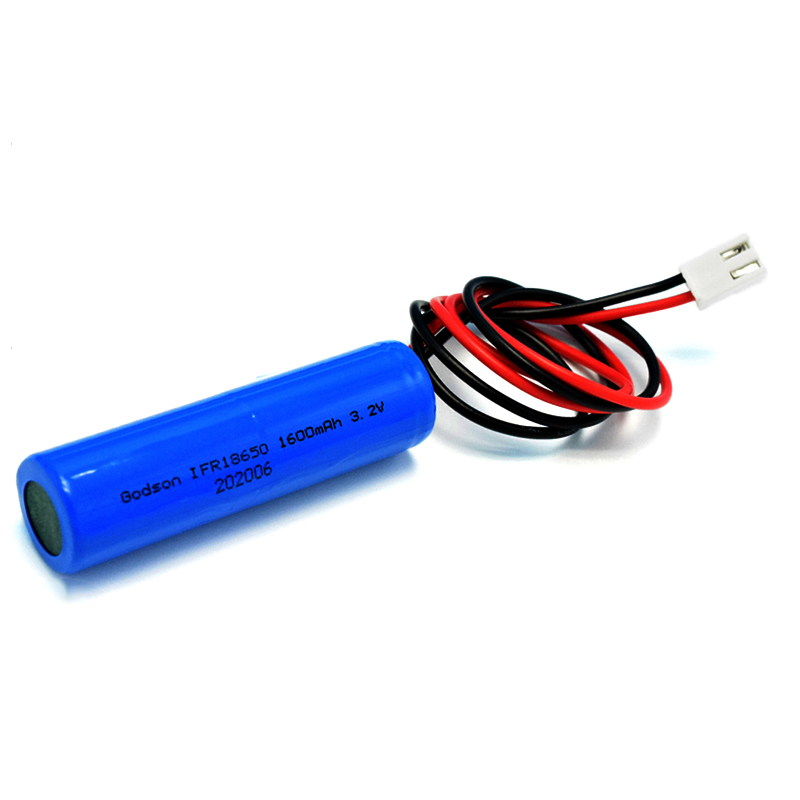 LiFePO4 IFR18650 1600mAh 3.2V
LiFePO4 IFR18650 1600mAh 3.2V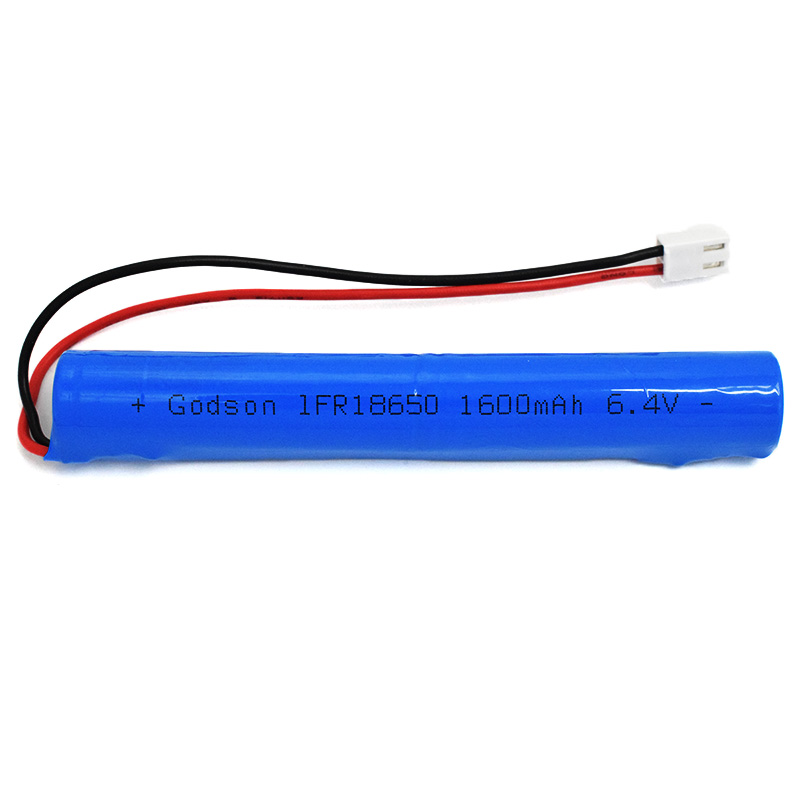 LiFePO4 IFR18650 1600mAh 6.4V
LiFePO4 IFR18650 1600mAh 6.4V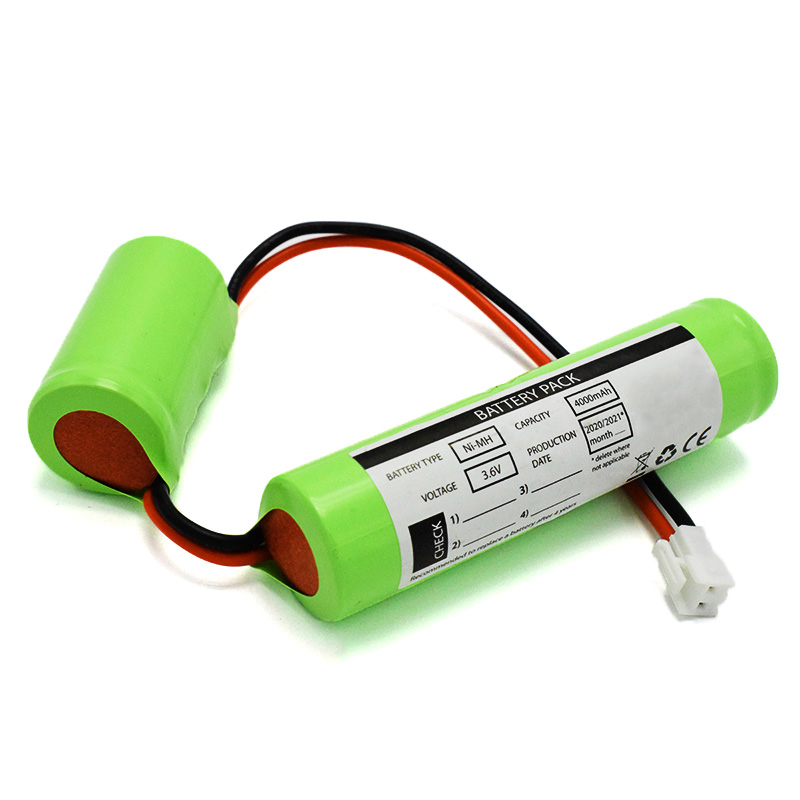 Ni-MH Battery C4000mAh 3.6V
Ni-MH Battery C4000mAh 3.6V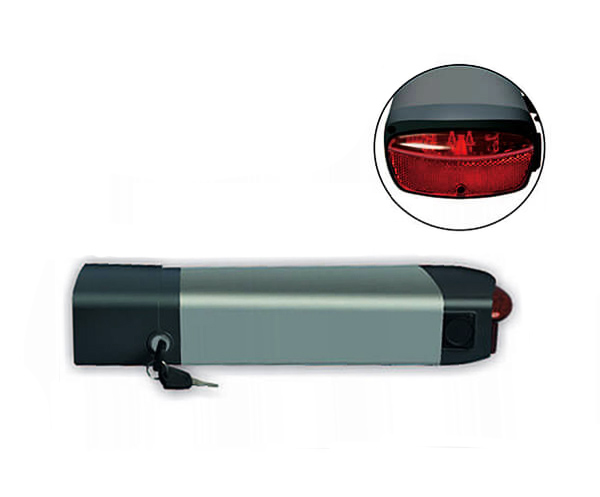 E-bike Battery 48V 10Ah JL-1
E-bike Battery 48V 10Ah JL-1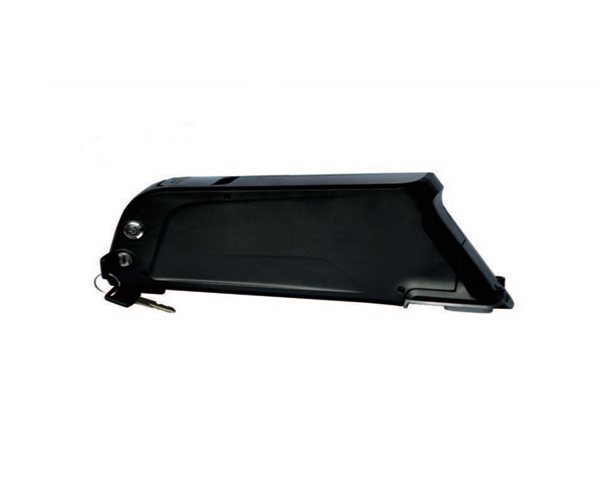 E-bike battery 48V 10Ah Qing Tian
E-bike battery 48V 10Ah Qing Tian